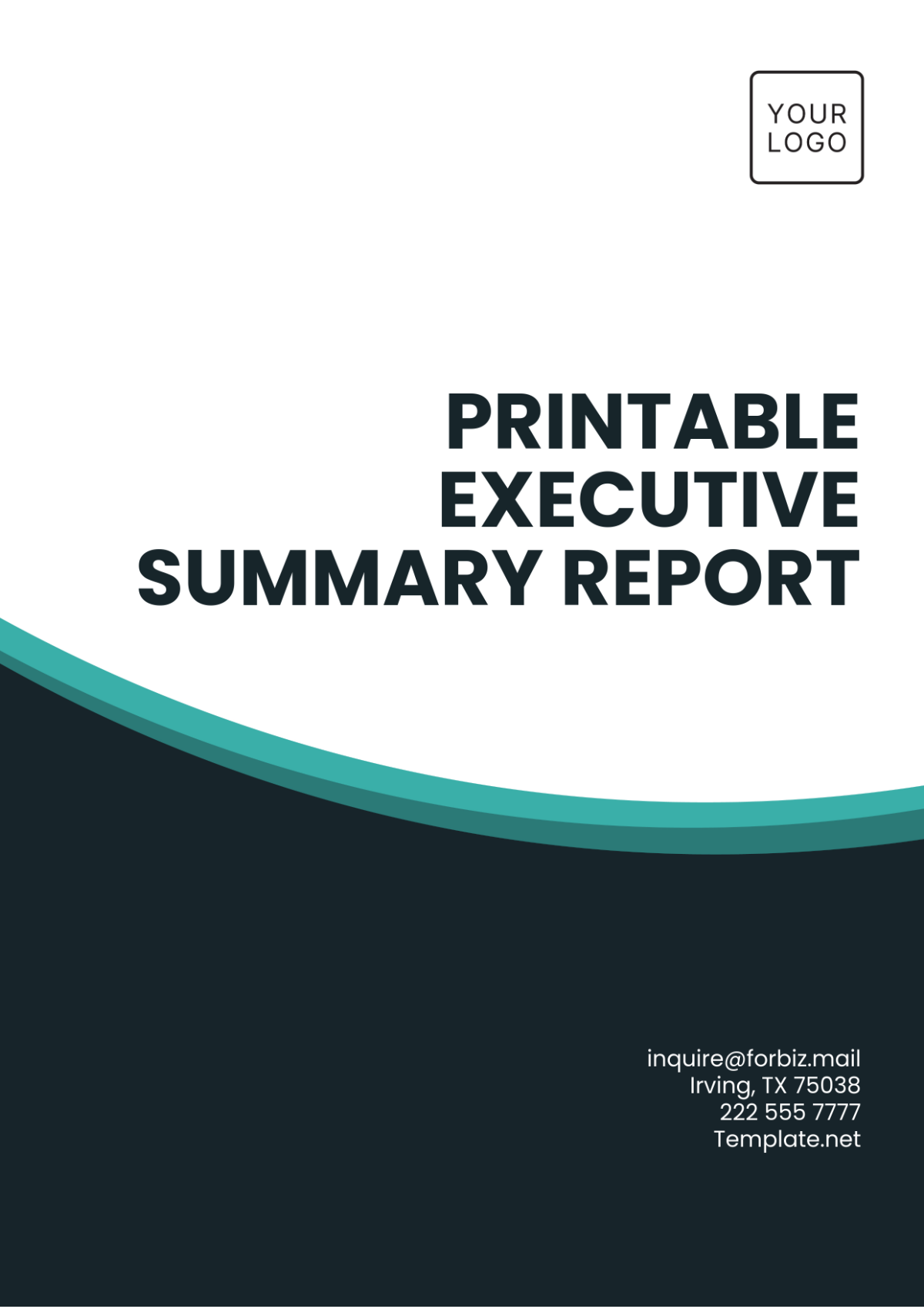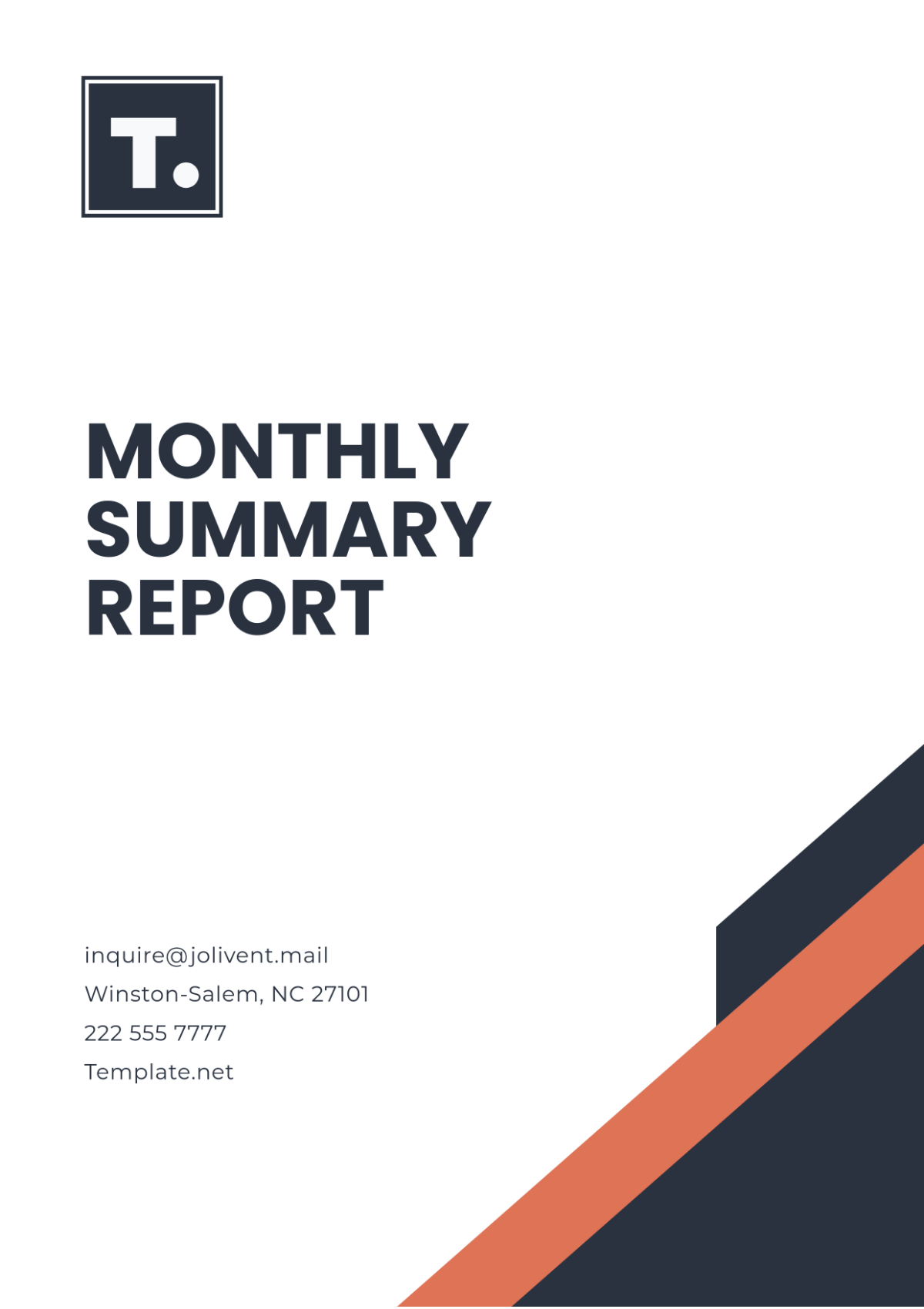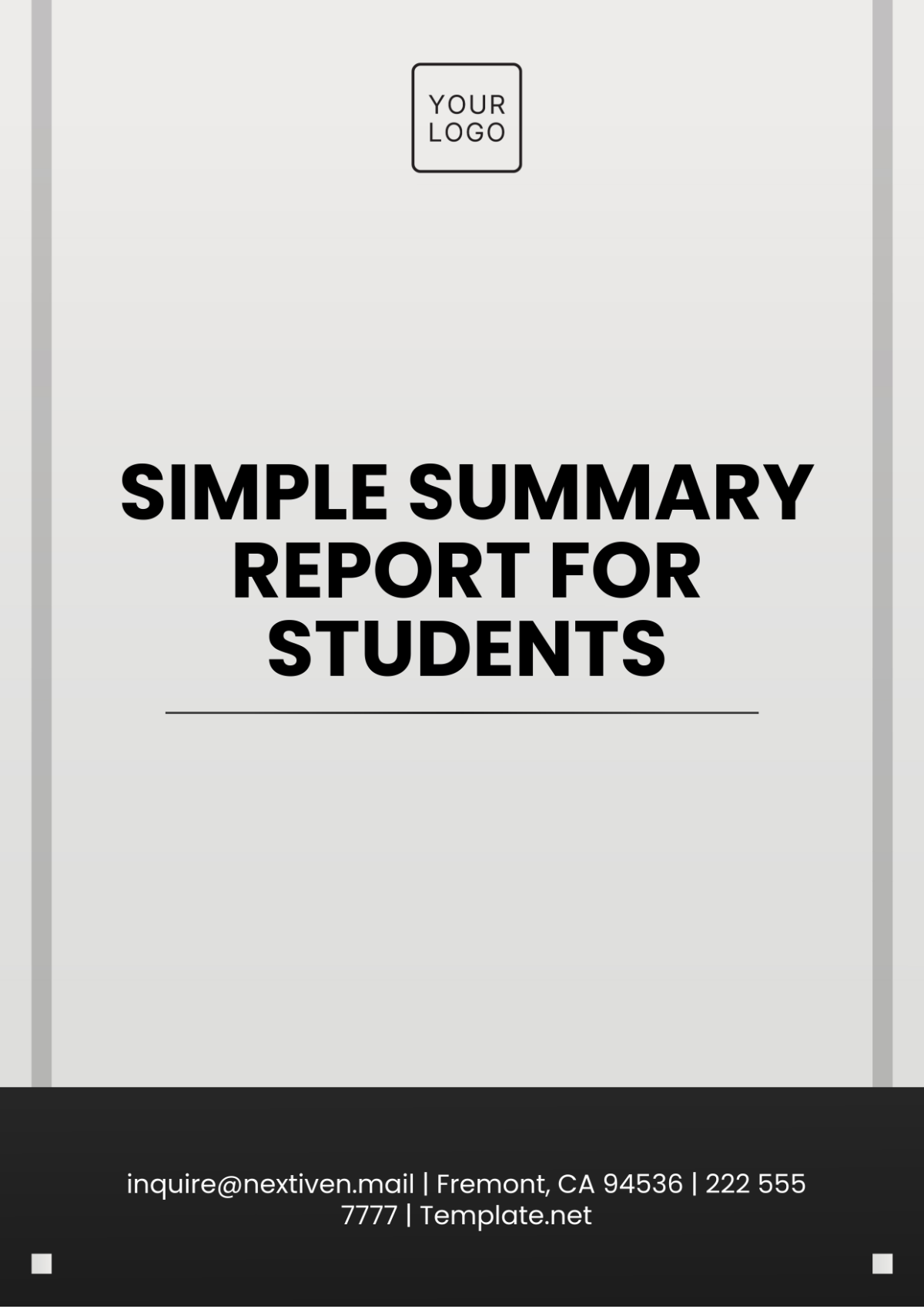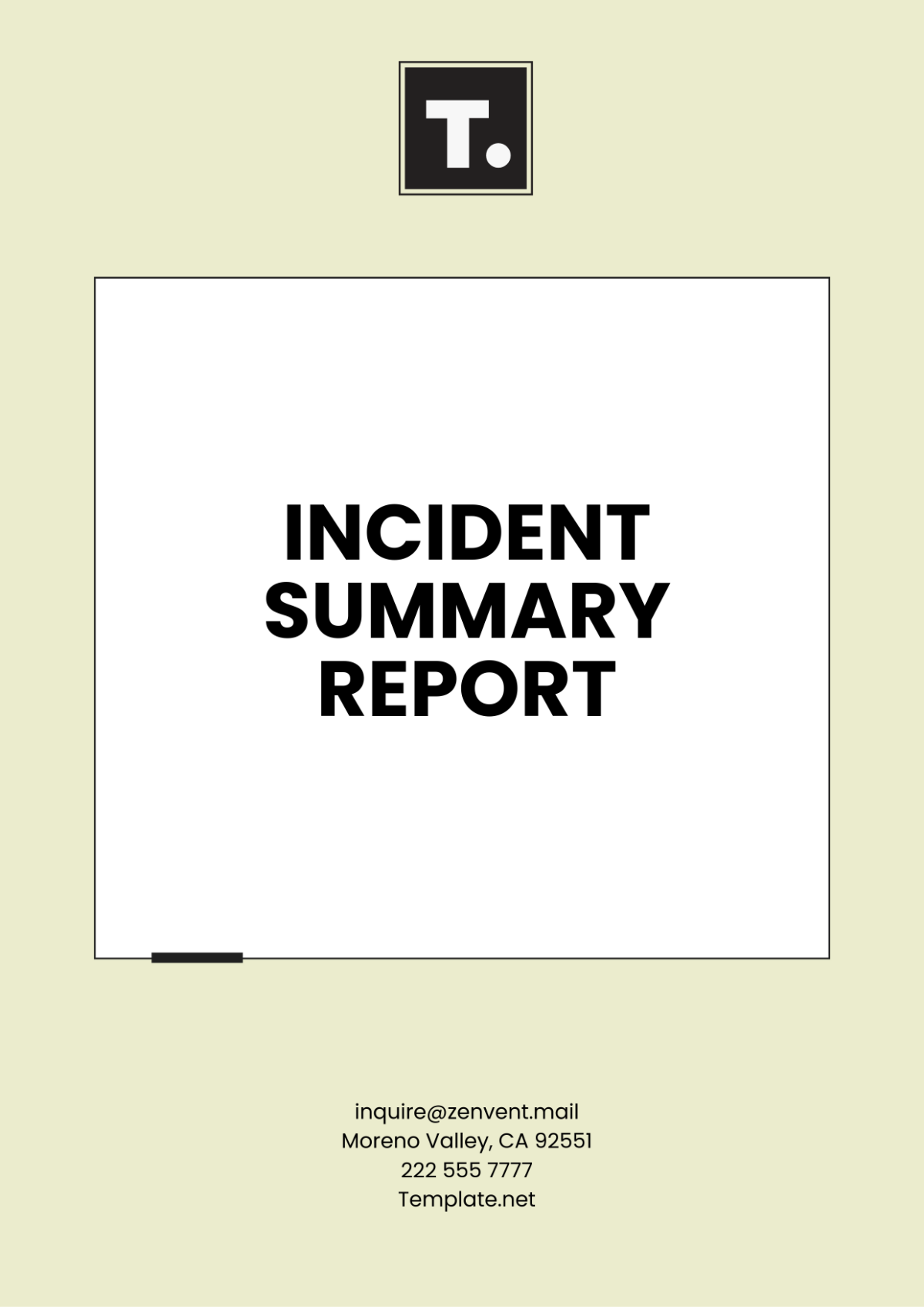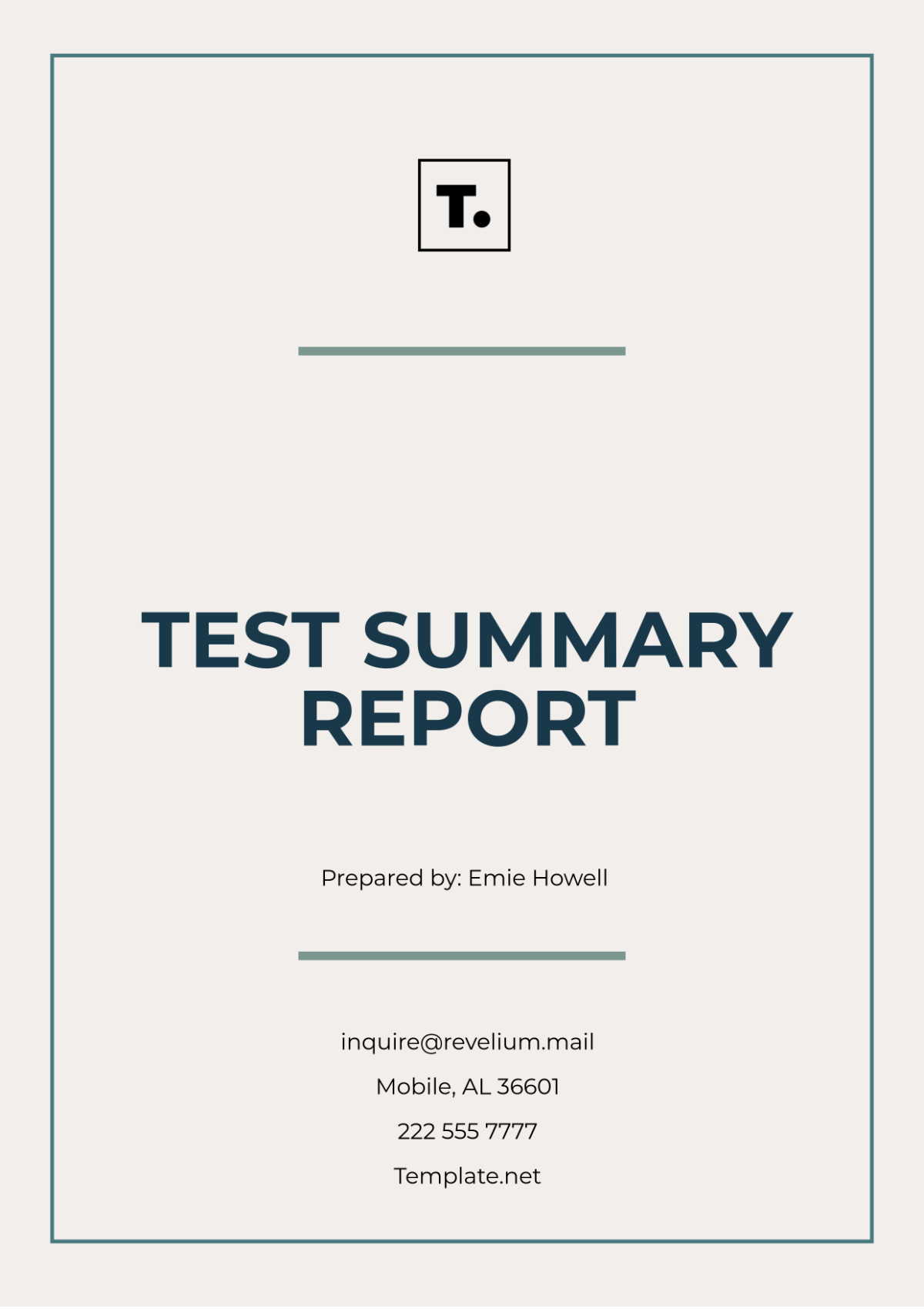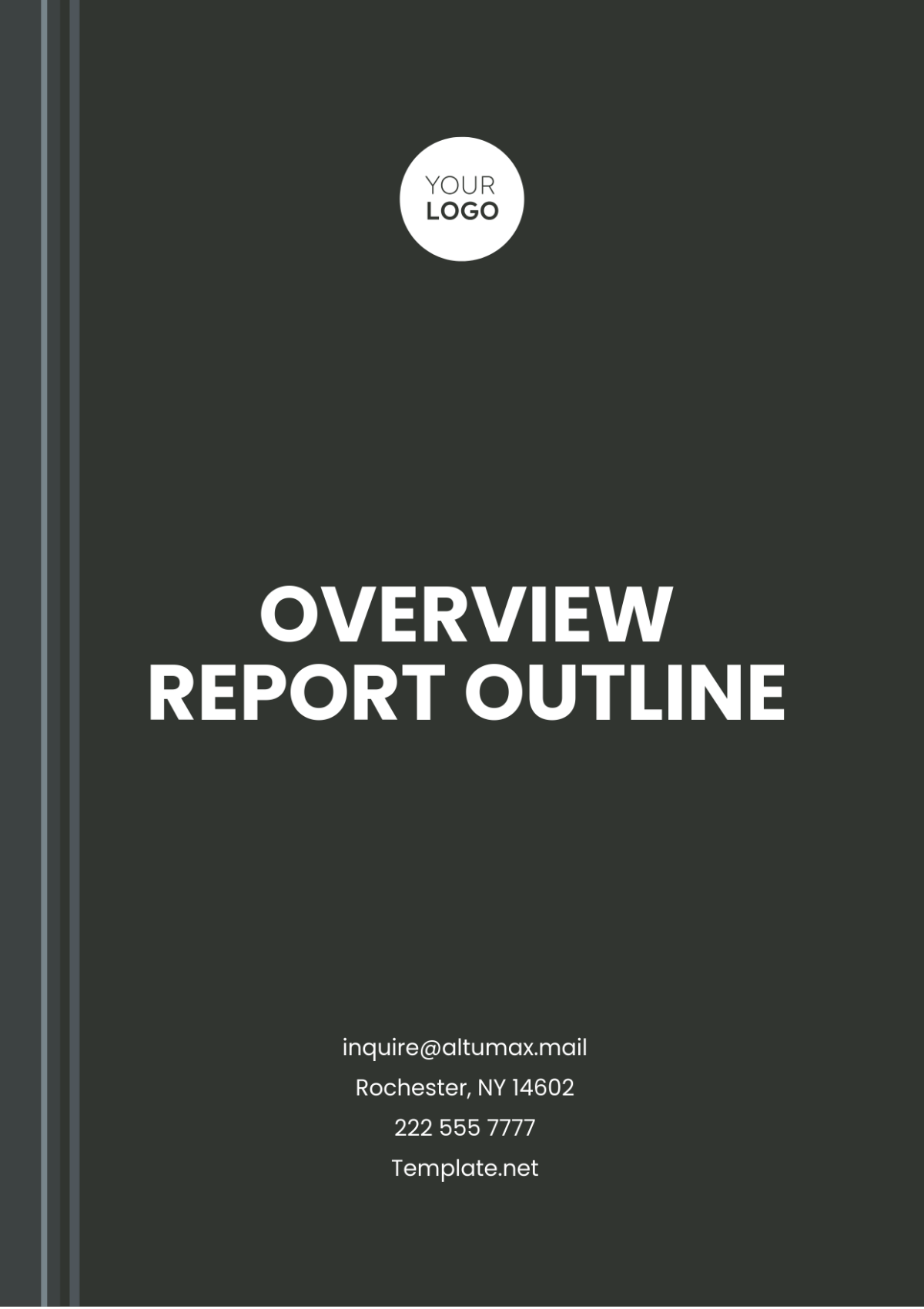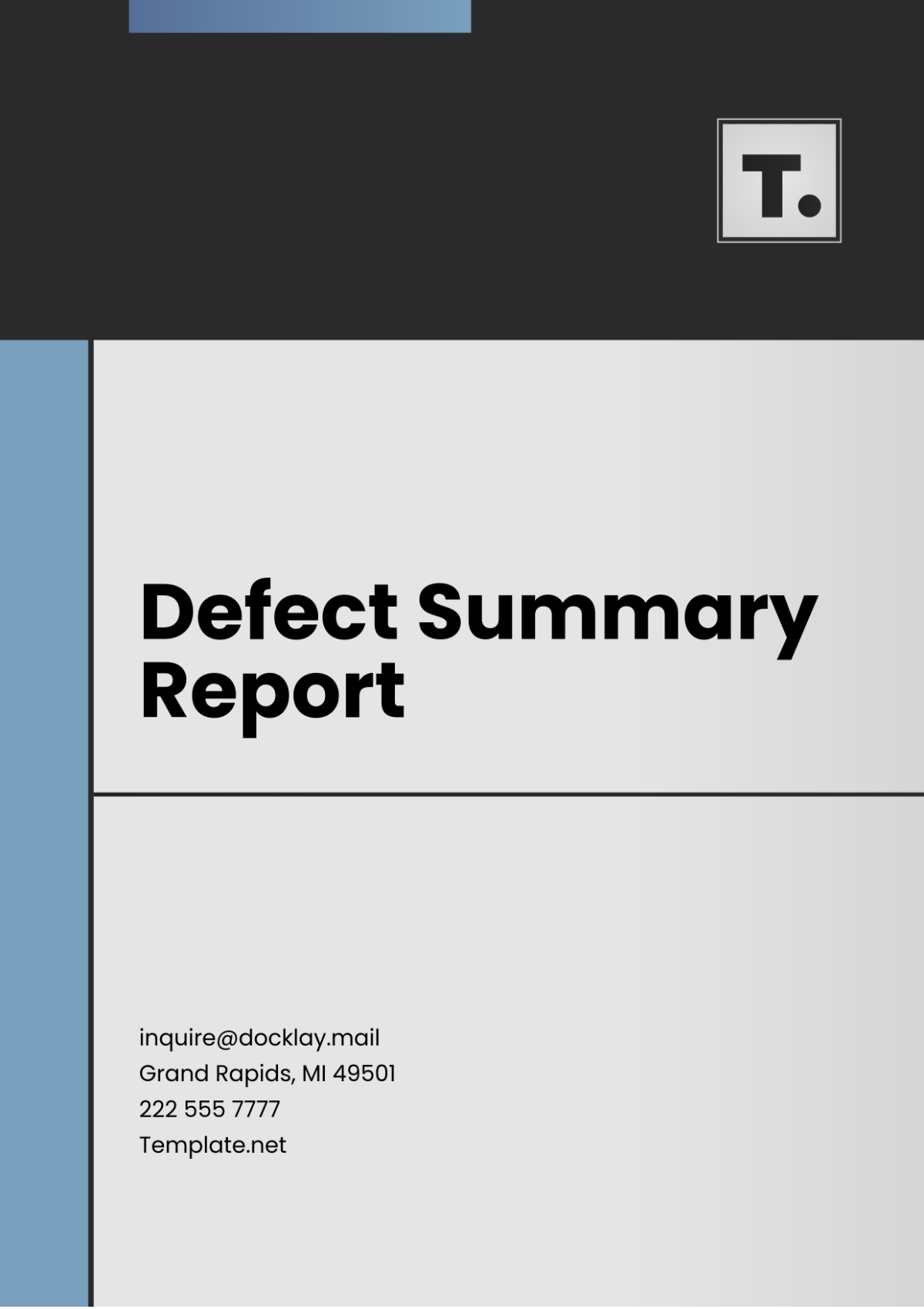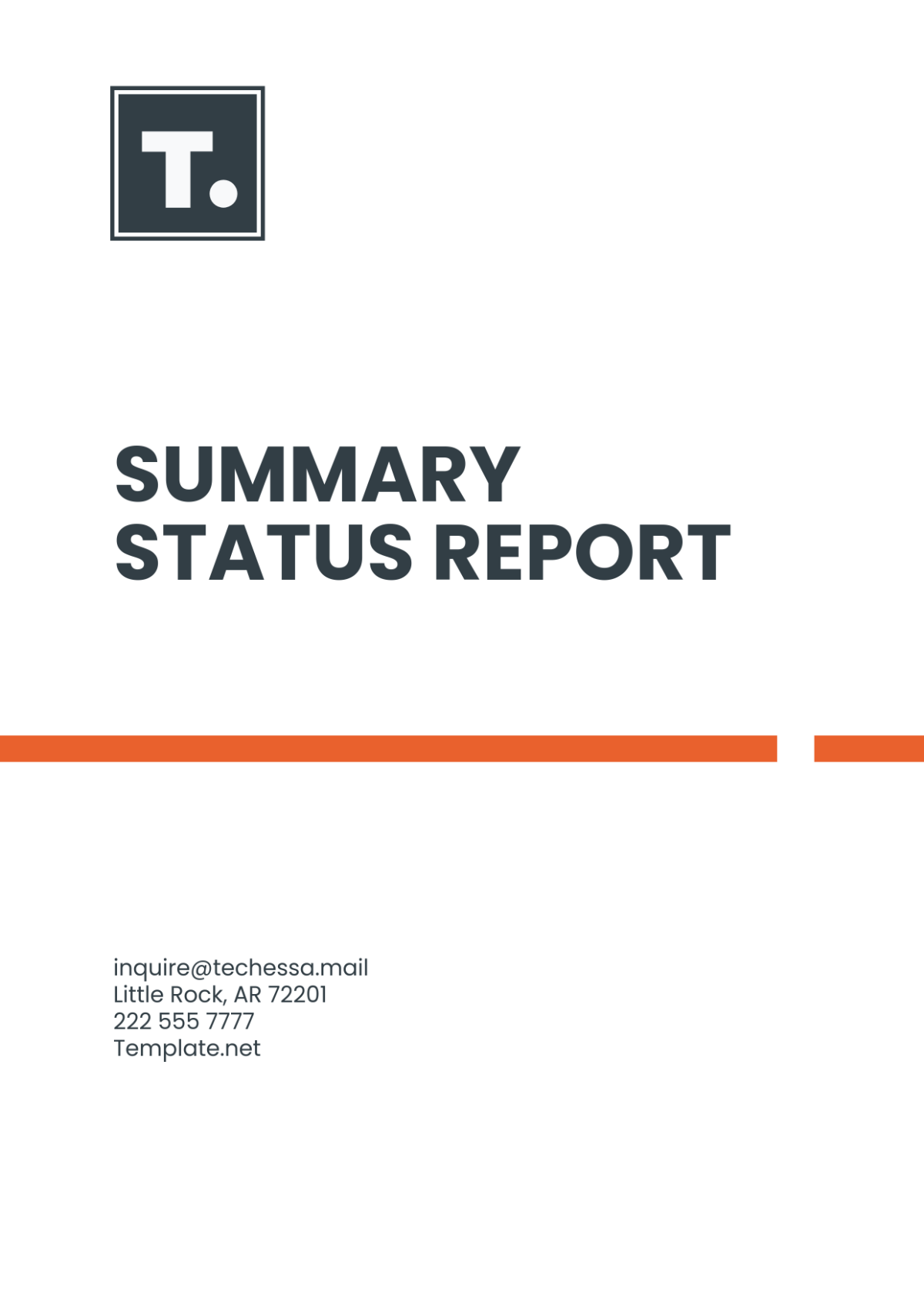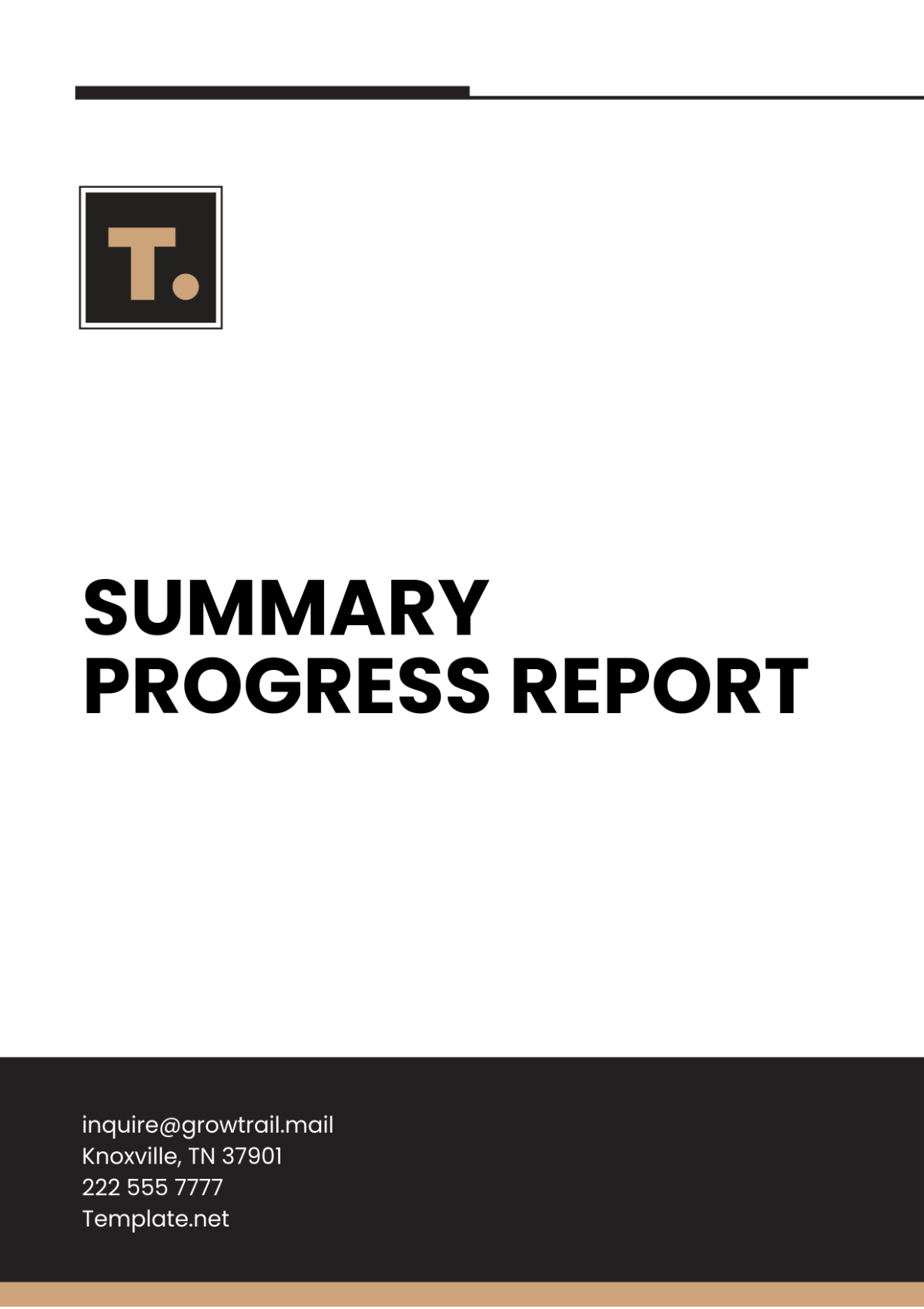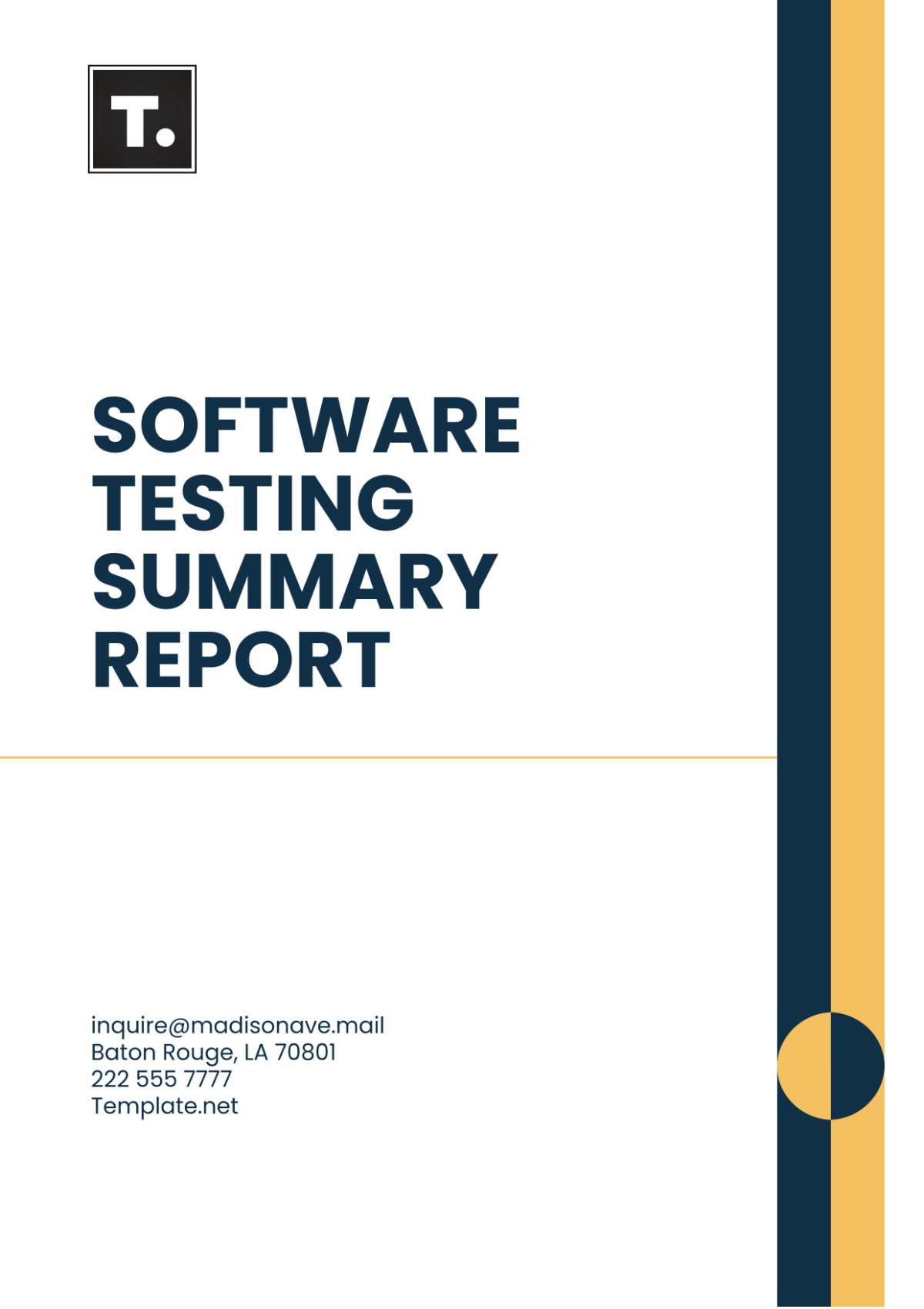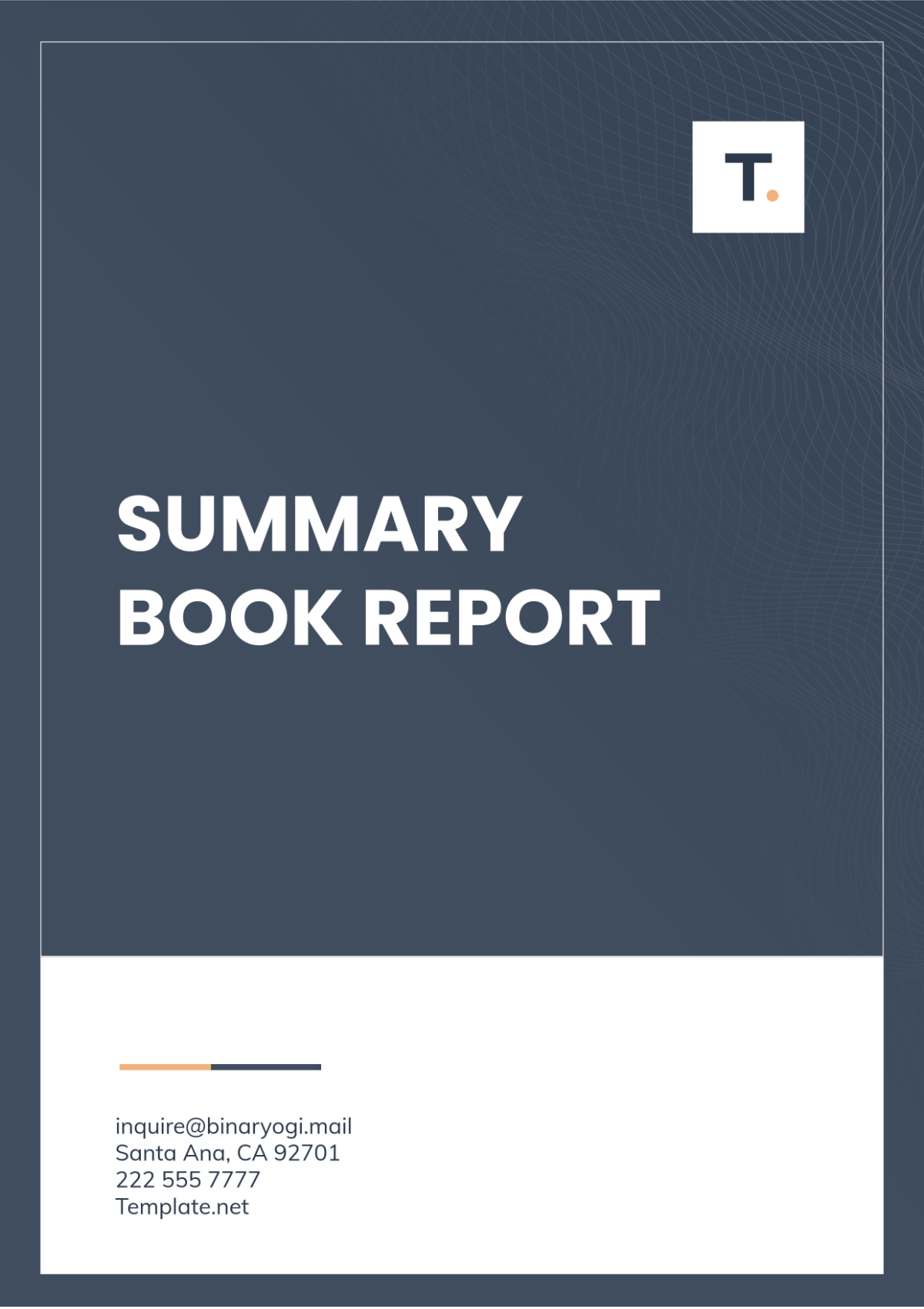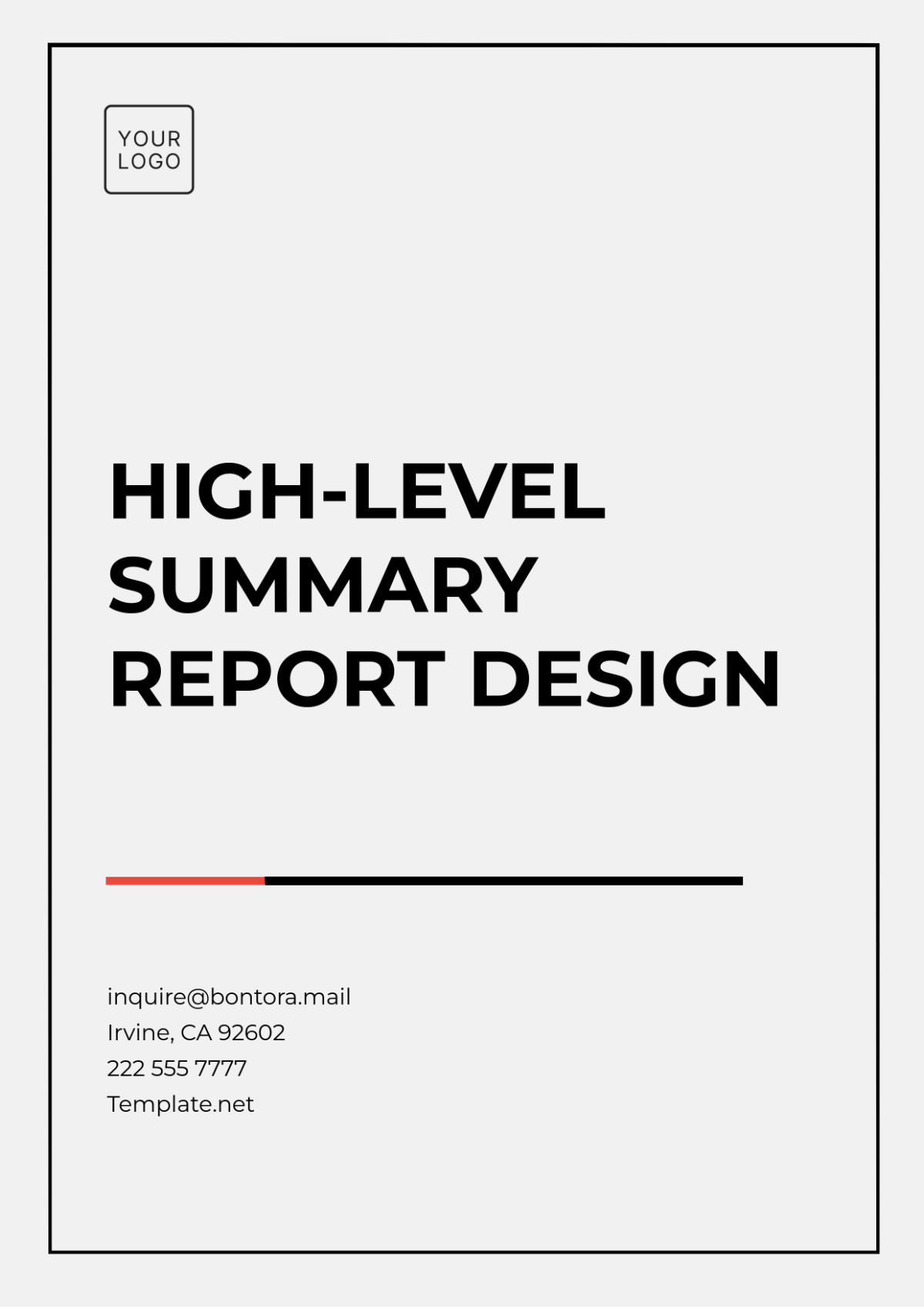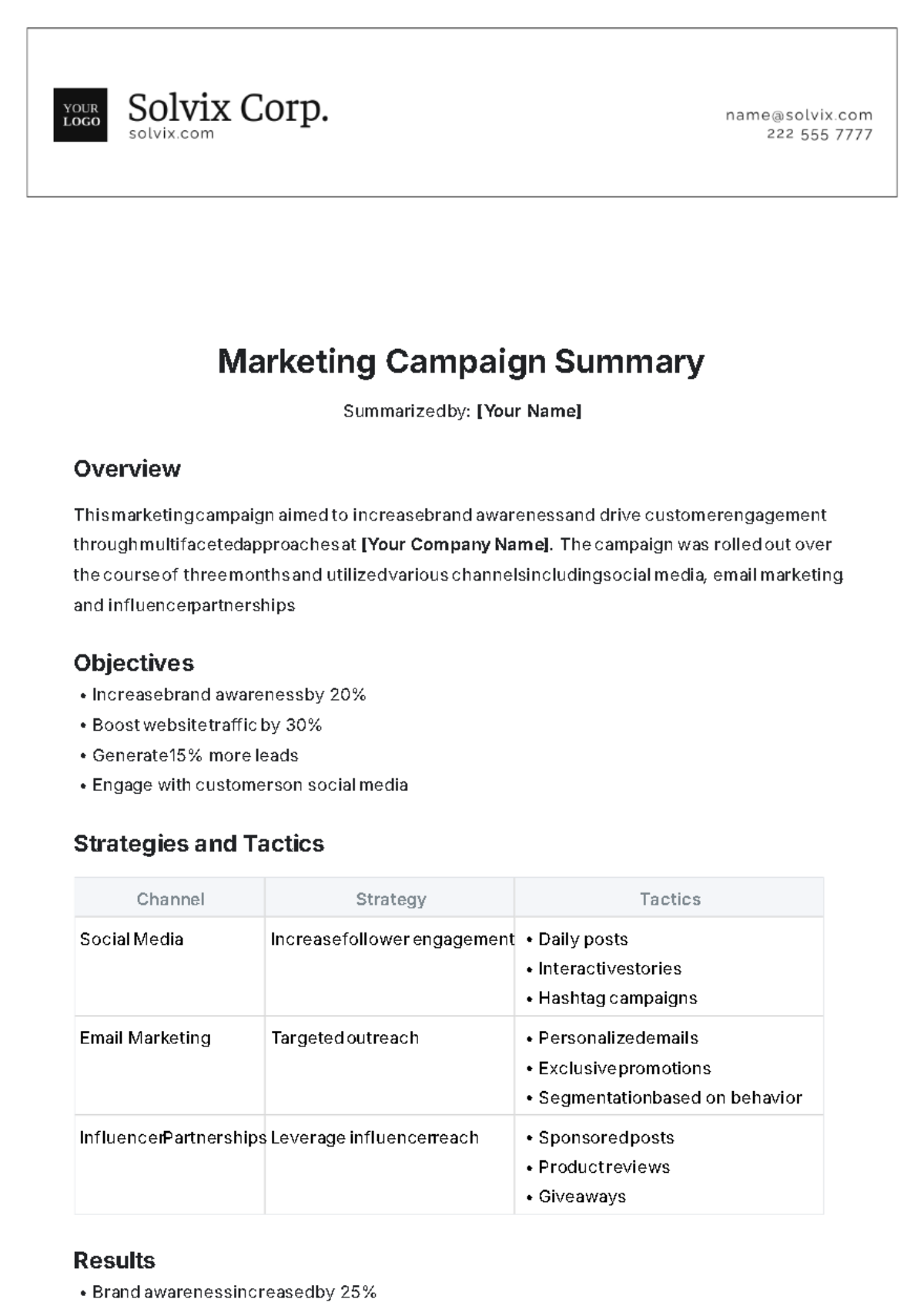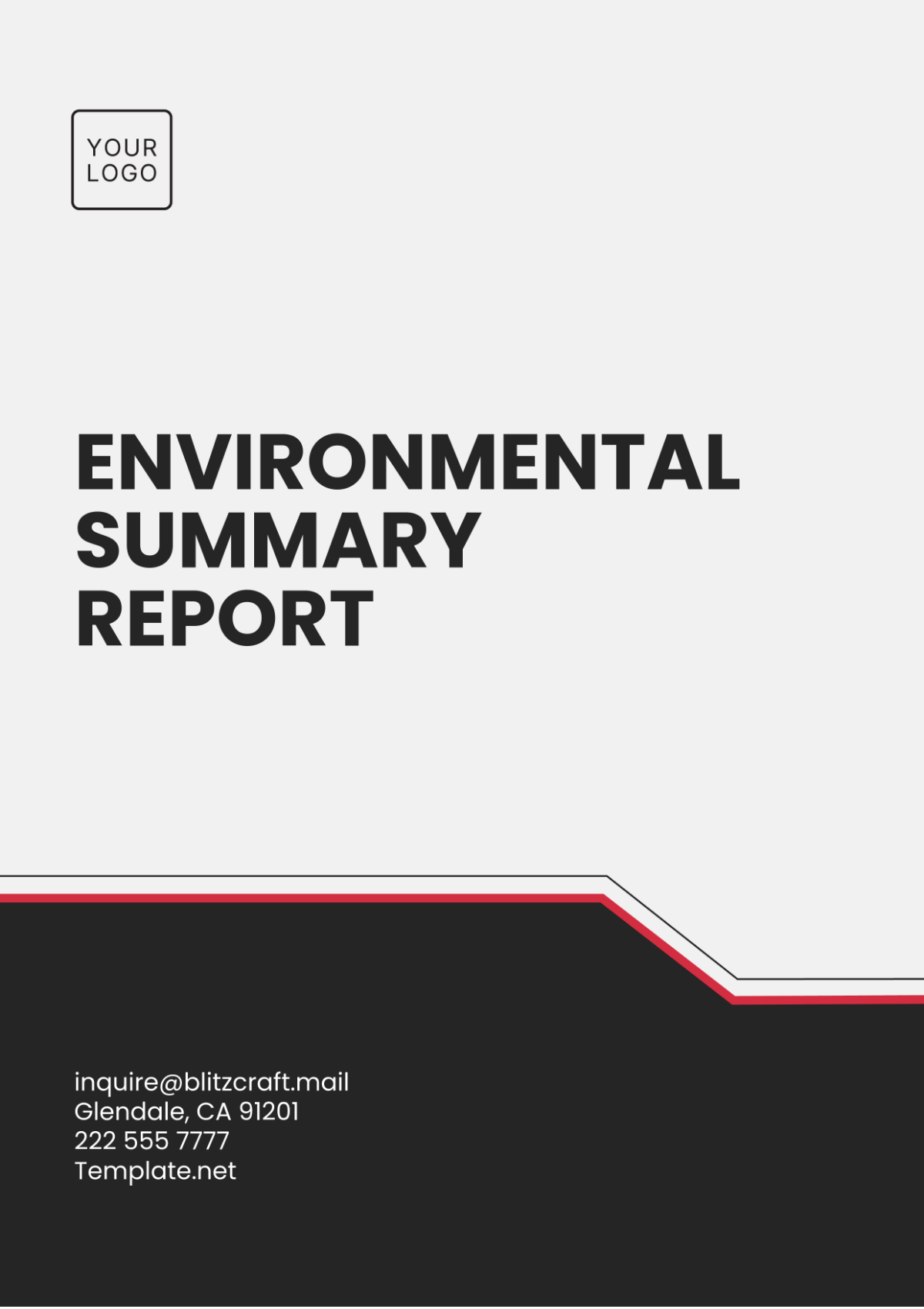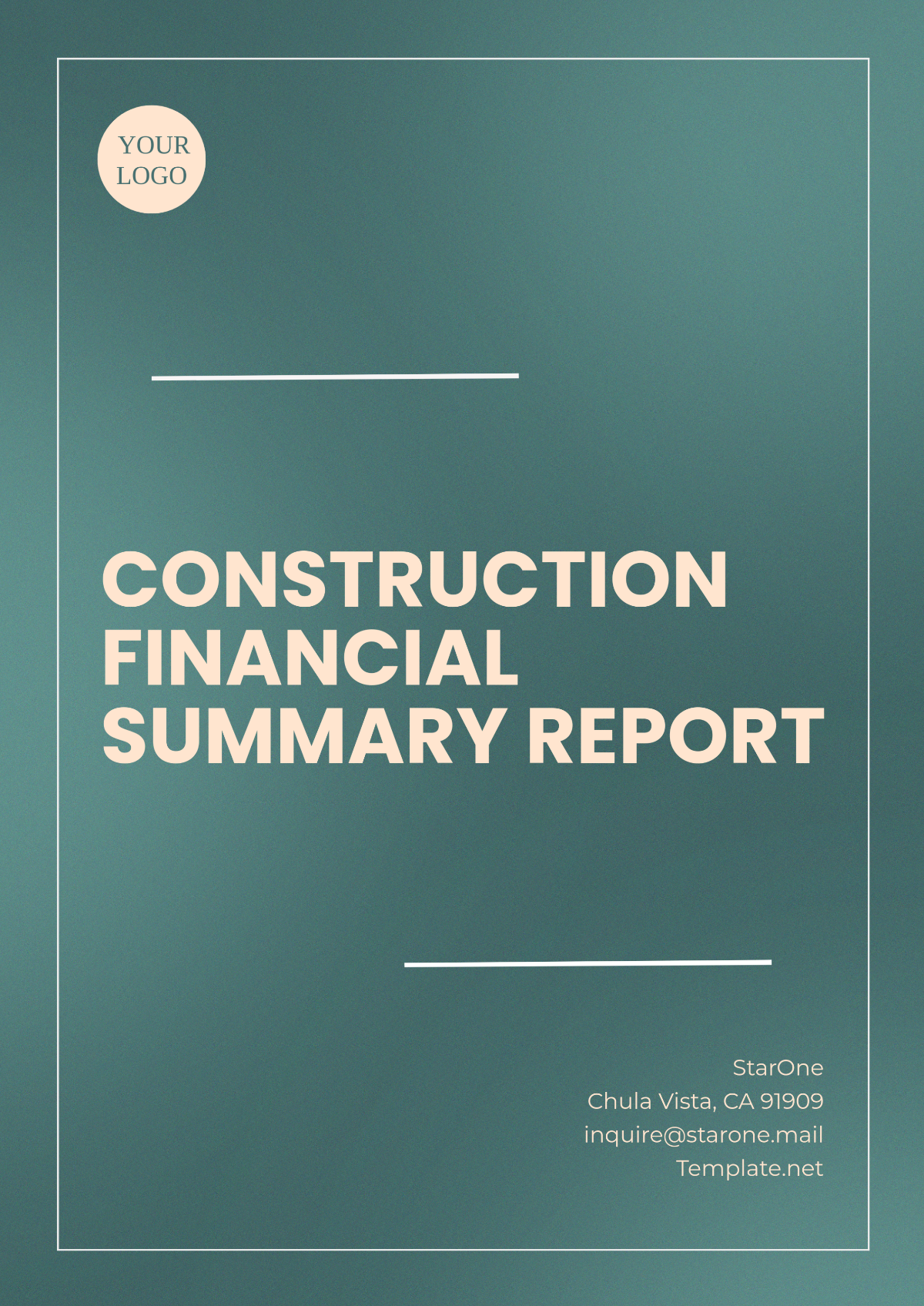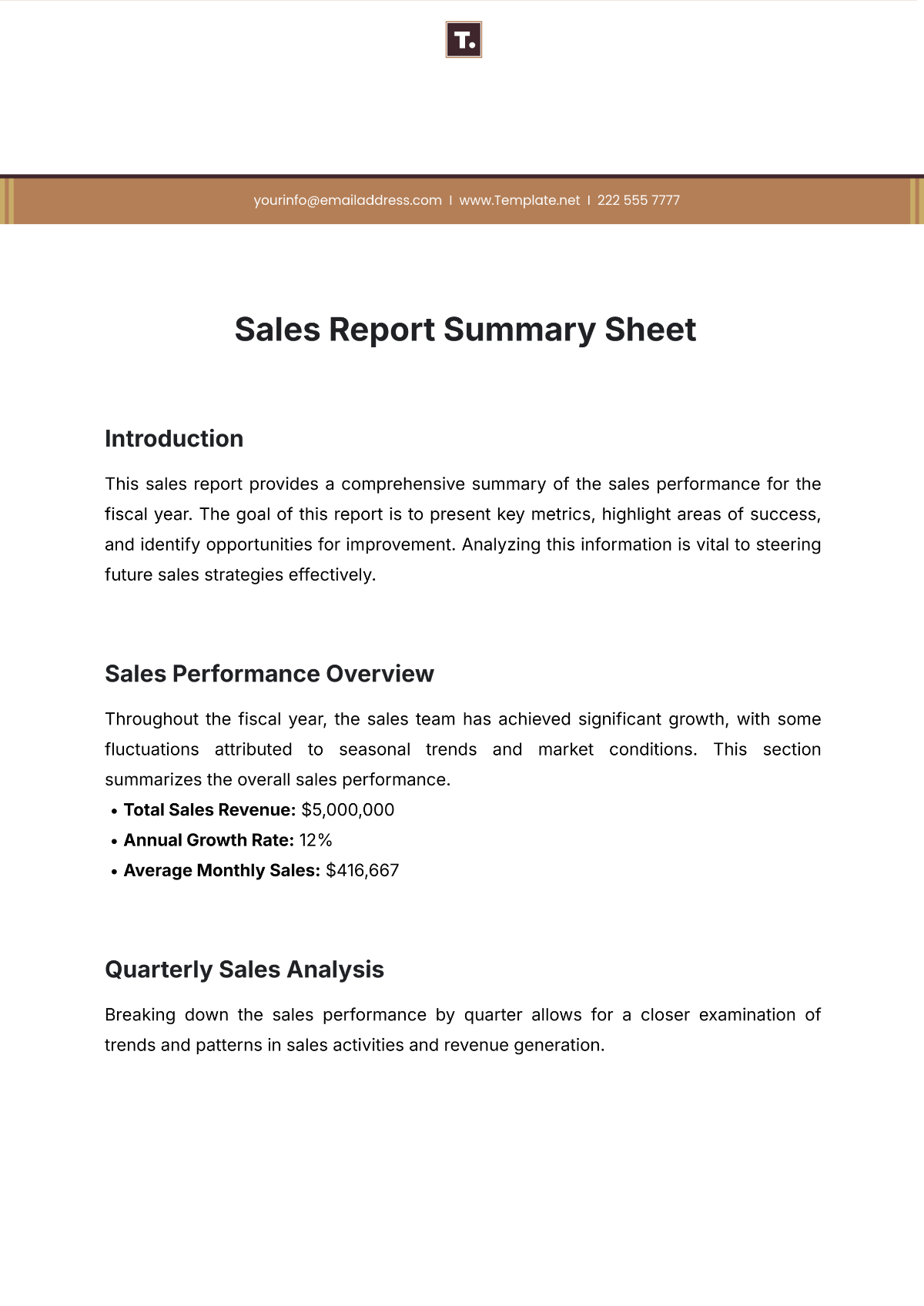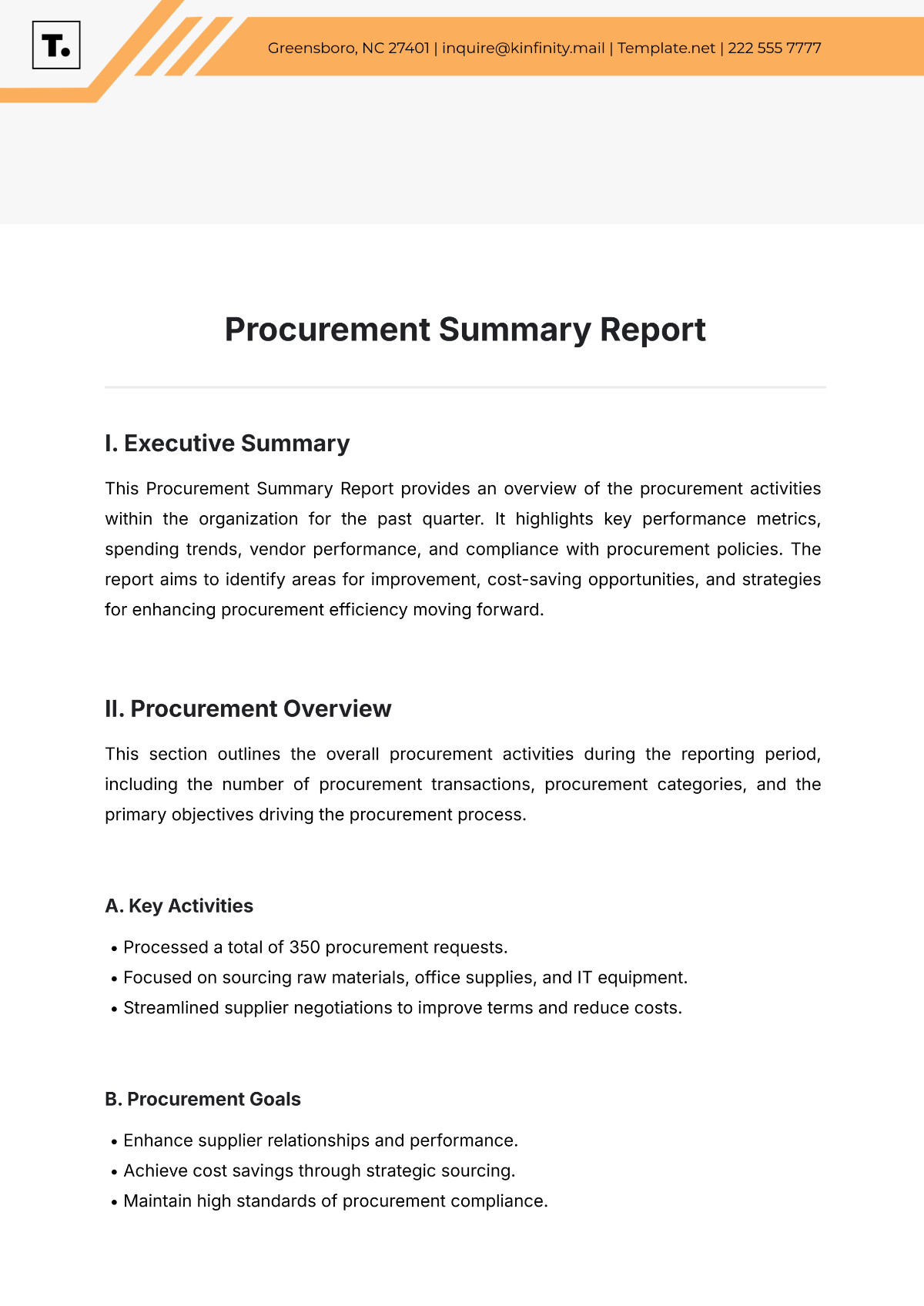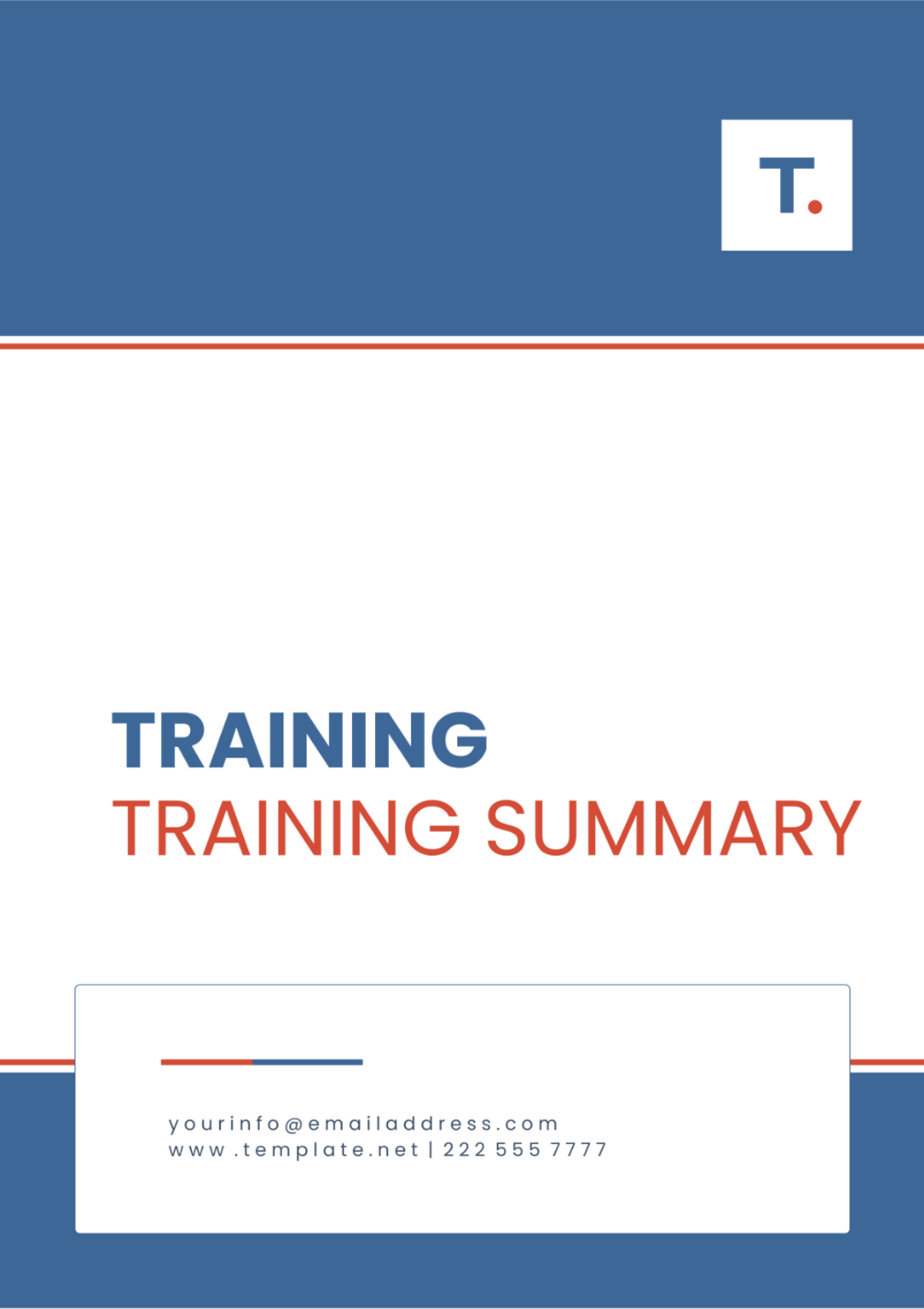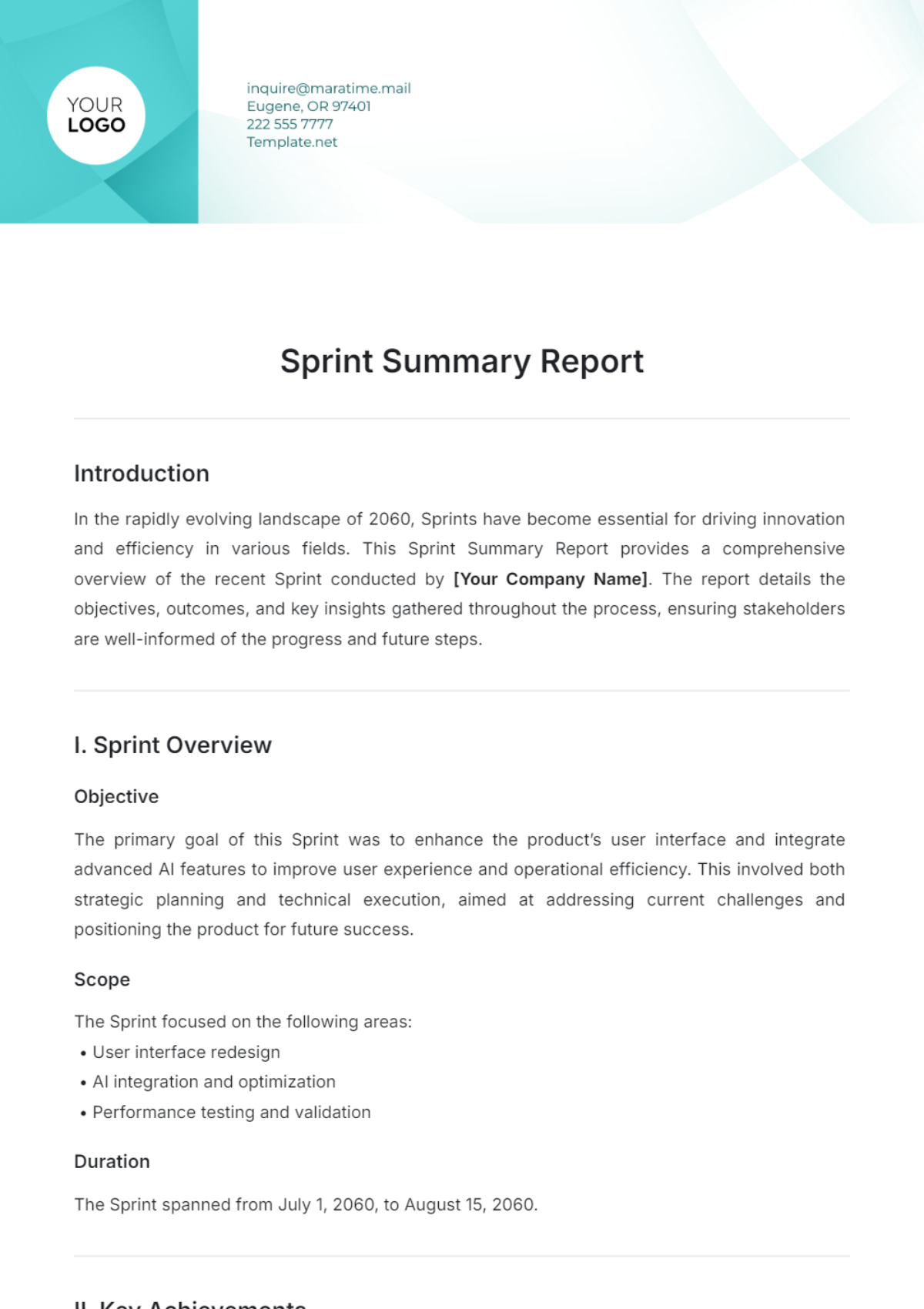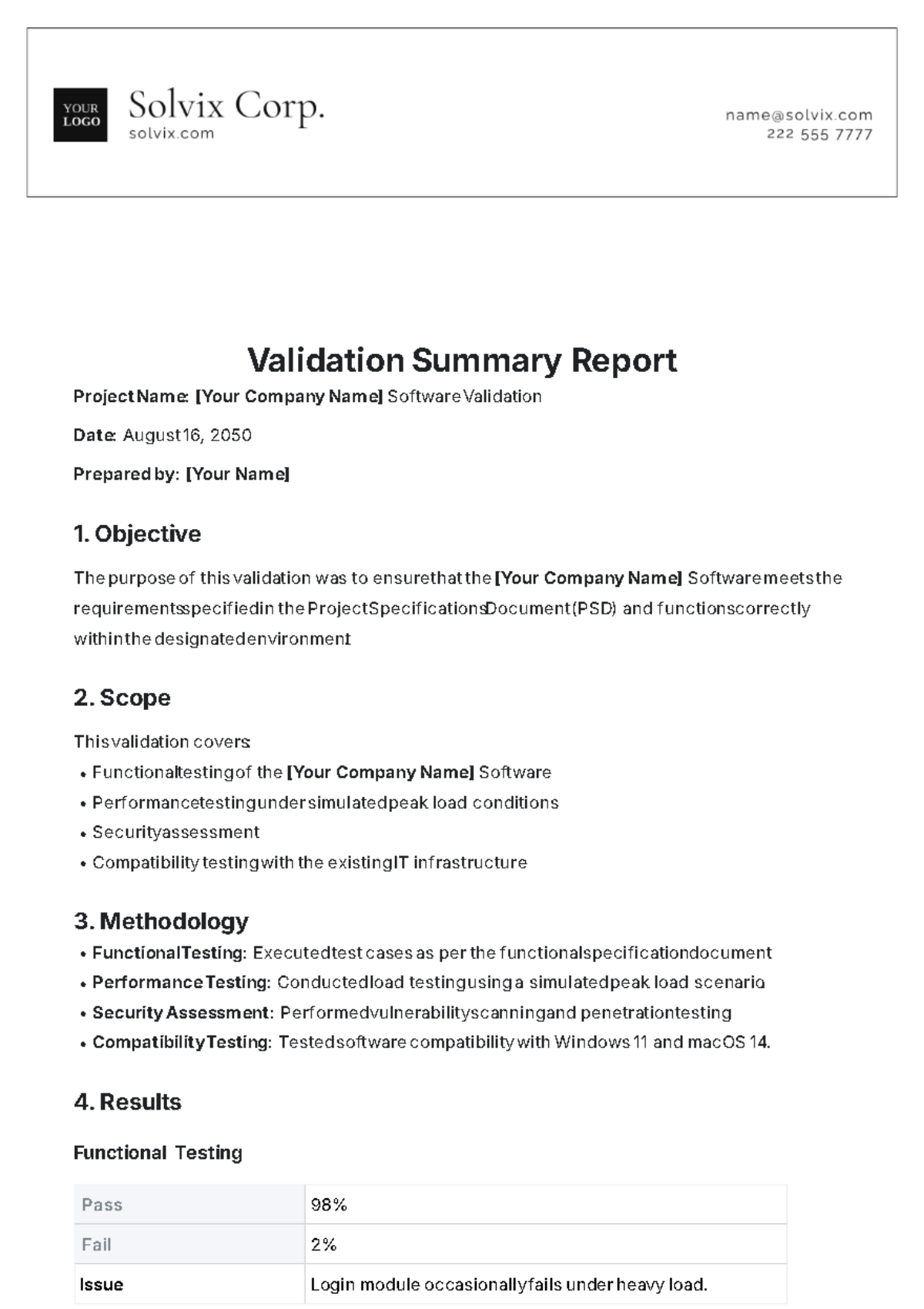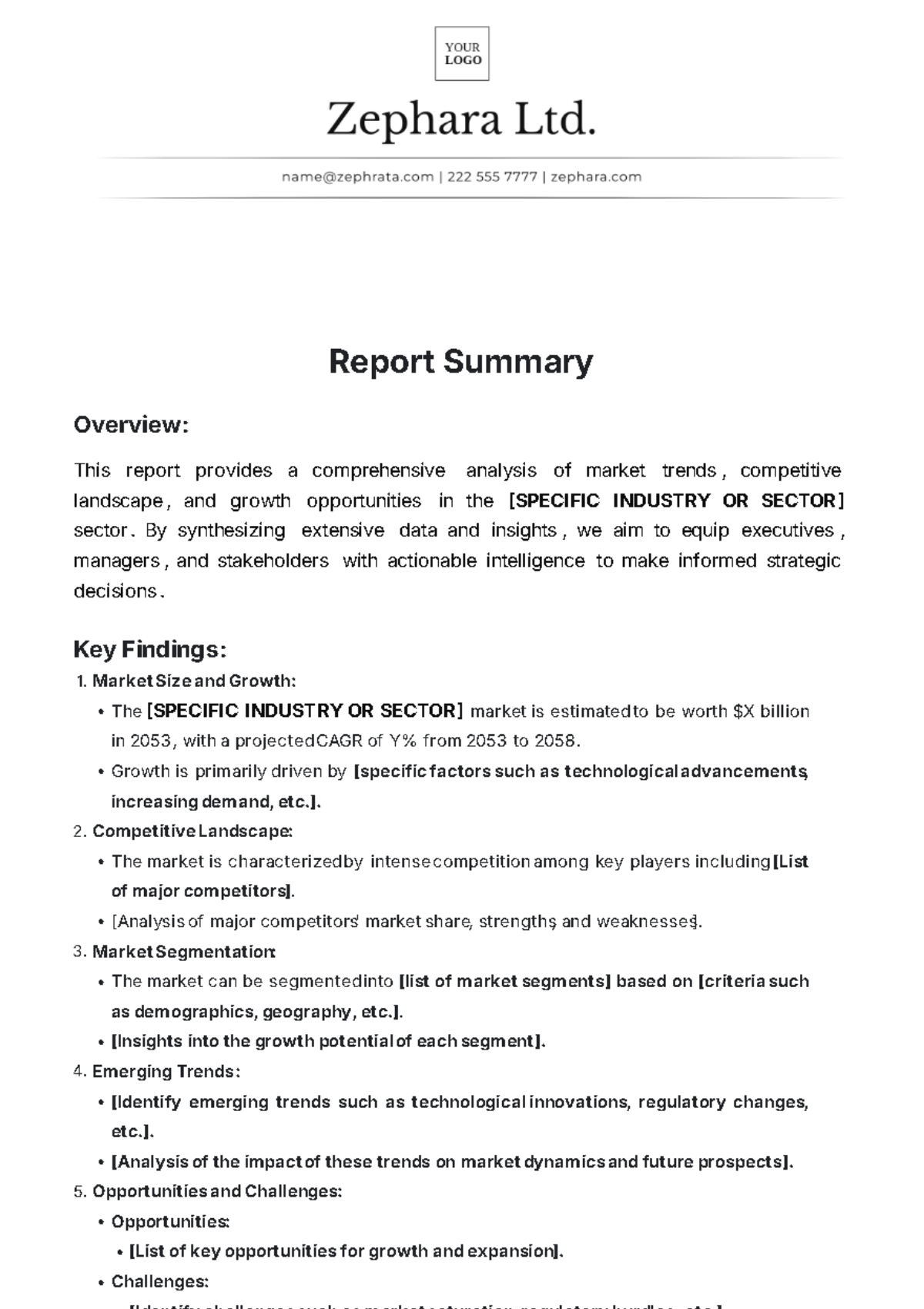Bring Your Reporting Needs to Life with Summary Report Templates from Template.net
Keep your business presentations impactful, your meetings productive, and your team informed with Summary Report Templates from Template.net. Tailored for business professionals, educators, and managers, these templates offer a streamlined approach to compiling informative and convincing summaries. Whether you're aiming to highlight quarterly business performance metrics or synthesize research findings for academic purposes, these templates have you covered. Each template includes space for essential information like timeframes, contact details, and key data points. Plus, with no design experience required, you can enjoy professional-grade layouts that ensure your reports stand out. Print-ready options and customizable layouts make these templates versatile for both digital distribution and handouts. Save time and focus on what truly matters with Template.net’s structured solutions designed for efficiency and clarity.
Discover the many Summary Report Templates we have on hand for you to explore. Begin by selecting a template that fits your needs, then effortlessly swap in your text and images by tweaking colors, fonts, and more to match your branding or project scheme. Make your reports pop with easy drag-and-drop icons and graphics and elevate your document with AI-powered text tools that help in crafting perfect summaries. With endless possibilities and no technical skills needed, you're free to get creative and make each report unique. Benefit from regularly updated templates, ensuring fresh design options for every reporting need. Once your summary report is finalized, download or easily share it via email, print, or digital link, ideal for cross-platform sharing and real-time collaboration with your team.

